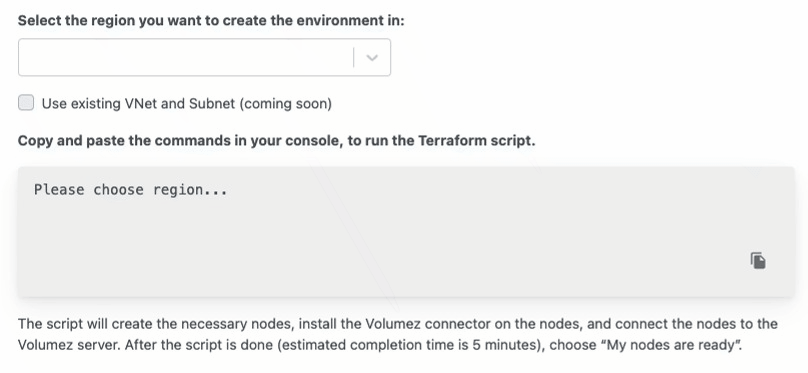Welcome to Volumez
Volumez is a new architecture for block and file storage in the cloud. Volumez separates the storage control plane, hosted in the Volumez cloud, from the storage data plane, which runs in customer virtual private clouds and data centers.
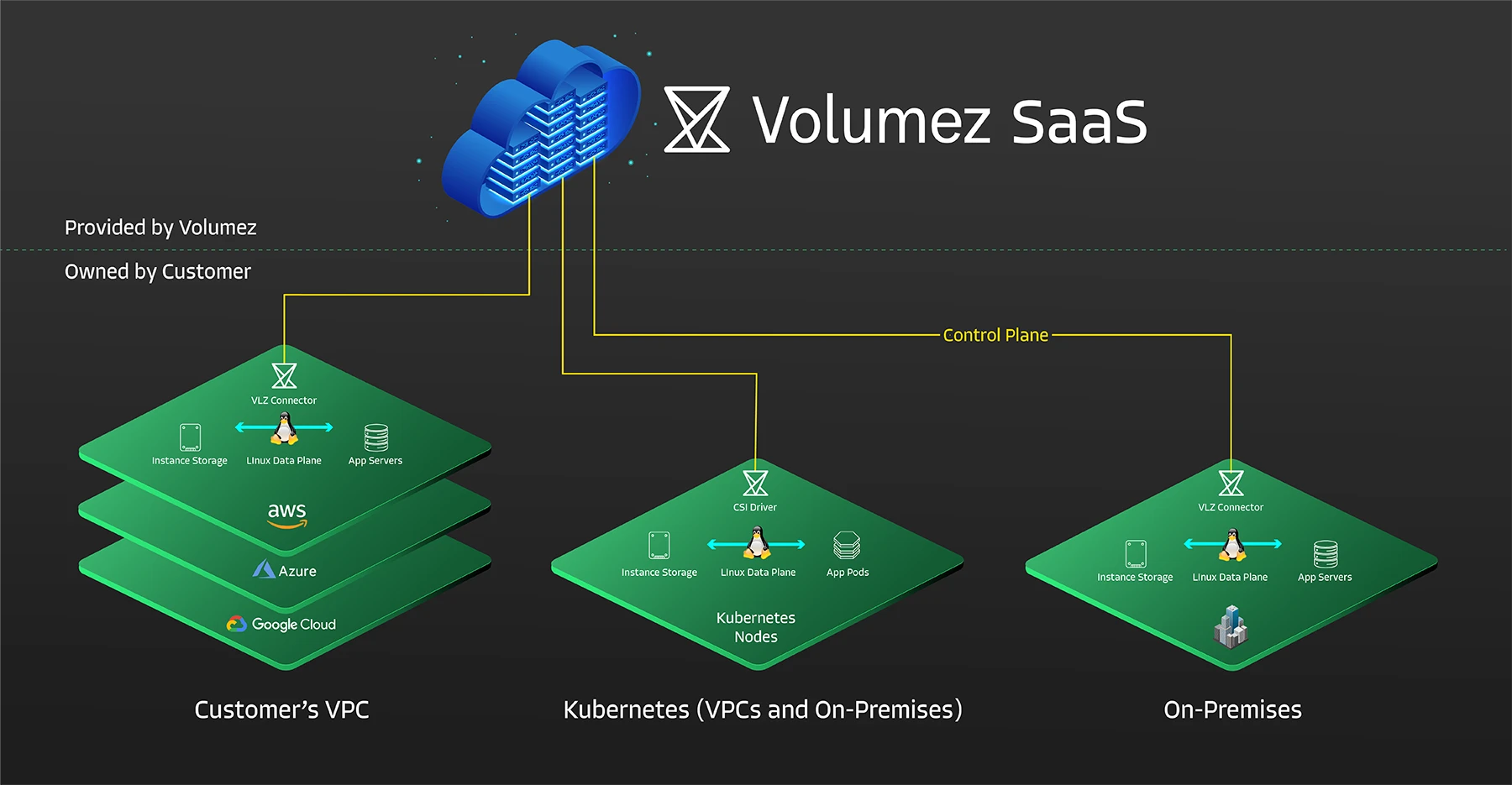
Volumez is not a scale-up or scale-out storage architecture. It is not even a storage system in the conventional sense, although it replaces cloud storage systems in practice.
At its core, Volumez is composable infrastructure software that makes it easy for developers to request storage resources, similar to the way they request CPU and Memory resources in Kubernetes.

Volumez connects NVMe instance storage to compute instances over the network, and composes a dedicated, pure Linux storage stack for data services on each compute instance. The Volumez data path is direct from raw NVMe media to compute servers, eliminating the need for storage controllers and software-defined storage services.
Features and Benefits
In composable infrastructure, storage, networking, and compute resources are abstracted from their physical locations and provided dynamically to applications. Volumez profiles the performance and capabilities of each infrastructure component and uses this information to compose direct Linux data paths between media and applications. Once the composing work is done, there is no need for the control plane to be in the way between applications and their data. This enables applications to get enterprise-grade logical volumes, with extreme guaranteed performance, and enterprise-grade services that are built on top of Linux – such as snapshots, thin provisioning, erasure coding, and more.
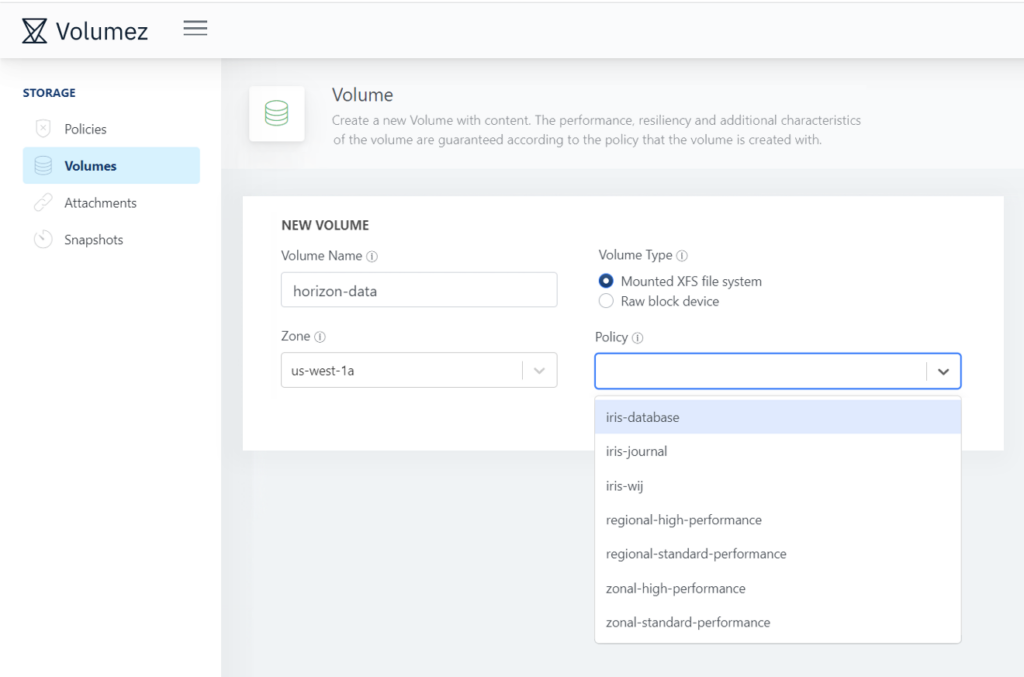
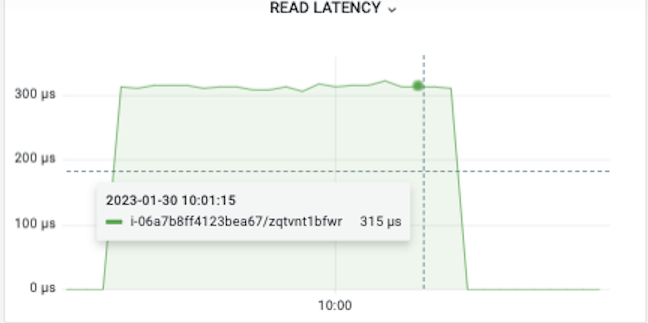
Consistent high performance and low latency I/O is a challenge, especially on Kubernetes in the public cloud. Volumez supports 2M 4K random read/write IOPS per volume at 144 uSec latency on volumes of any size and on every cloud platform that we support. We often hear phrases like “astonished” and “unreal” when customers report back after testing our technology. Volumez is a great fit for applications with extremely low latency requirements, where speed directly translates to customer experience.
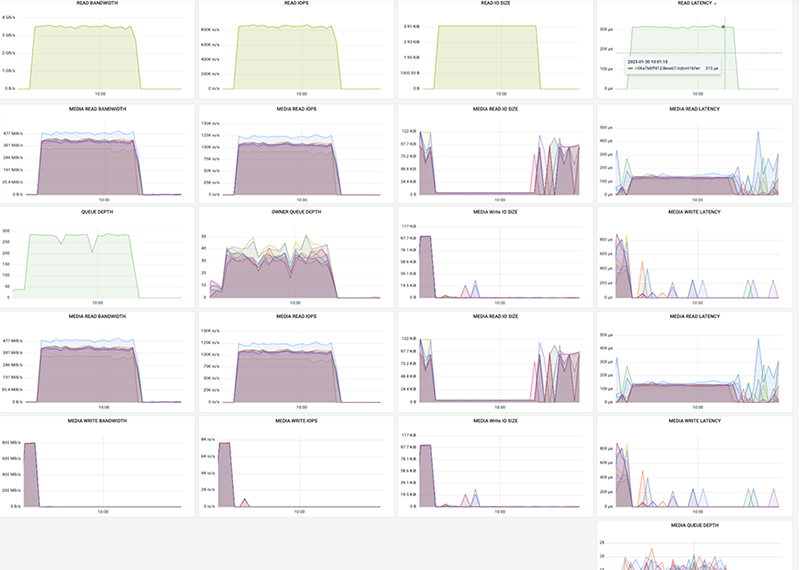

Over the years, Linux has become the tech industry’s default operating system. Its storage stack is reliable, feature-rich, and delivers astonishing performance when configured with precision. Volumez harnesses the power of cutting-edge kernel technologies to deliver unmatched performance and reliability. It’s also the end of storage vendor lock-in because 100% of your data plane is the same Linux kernel that is running every day on millions of servers around the world. This promise of reliability, features, performance, and openness is why Volumez does not use a proprietary data plane and why we are on a mission to make Linux the tech industry’s default storage stack.
In composable infrastructure, storage, networking, and compute resources are abstracted from their physical locations and provided dynamically to applications. Volumez profiles the performance and capabilities of each infrastructure component and uses this information to compose direct Linux data paths between media and applications. Once the composing work is done, there is no need for the control plane to be in the way between applications and their data. This enables applications to get enterprise-grade logical volumes, with extreme guaranteed performance, and enterprise-grade services that are built on top of Linux – such as snapshots, thin provisioning, erasure coding, and more.


Consistent high performance and low latency I/O is a challenge, especially on Kubernetes in the public cloud. Volumez supports 2M 4K random read/write IOPS per volume at 144 uSec latency on volumes of any size and on every cloud platform that we support. We often hear phrases like “astonished” and “unreal” when customers report back after testing our technology. Volumez is a great fit for applications with extremely low latency requirements, where speed directly translates to customer experience.


Over the years, Linux has become the tech industry’s default operating system. Its storage stack is reliable, feature-rich, and delivers astonishing performance when configured with precision. Volumez harnesses the power of cutting-edge kernel technologies to deliver unmatched performance and reliability. It’s also the end of storage vendor lock-in because 100% of your data plane is the same Linux kernel that is running every day on millions of servers around the world. This promise of reliability, features, performance, and openness is why Volumez does not use a proprietary data plane and why we are on a mission to make Linux the tech industry’s default storage stack.
Deploy
1
Volumez deploys in seconds on Amazon AWS and Microsoft Azure, but your journey starts right here on volumez.com. After registering and signing in, you start by choosing your cloud provider:

2
Then choose a Kubernetes or VM environment:

3

5
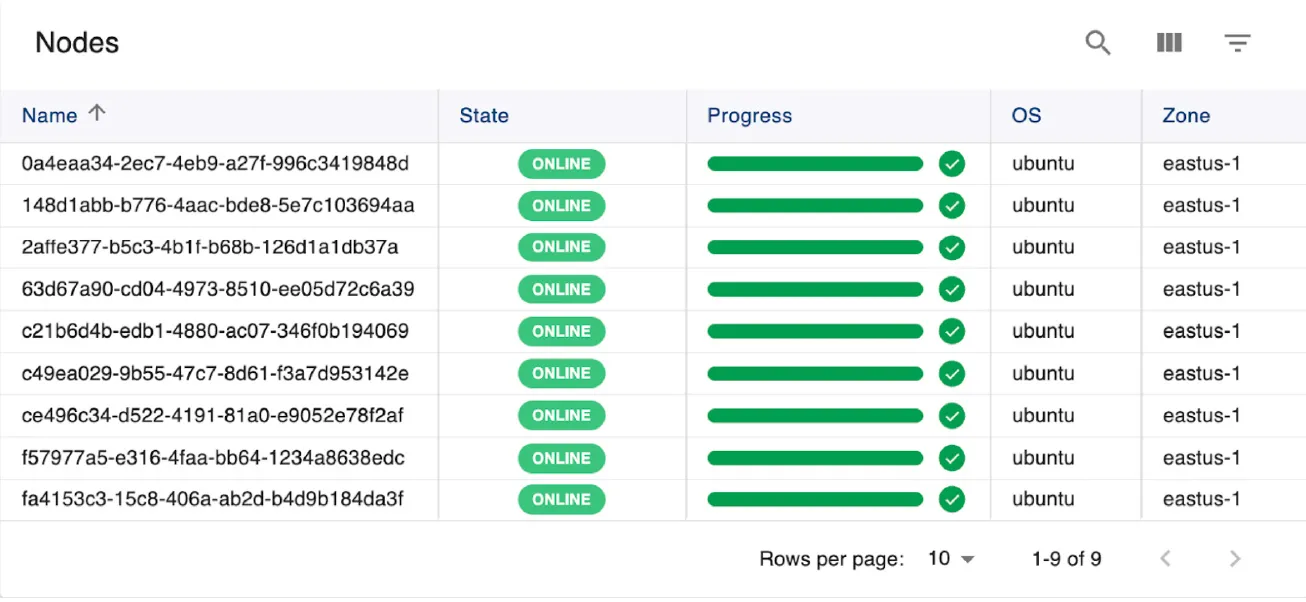
Compose
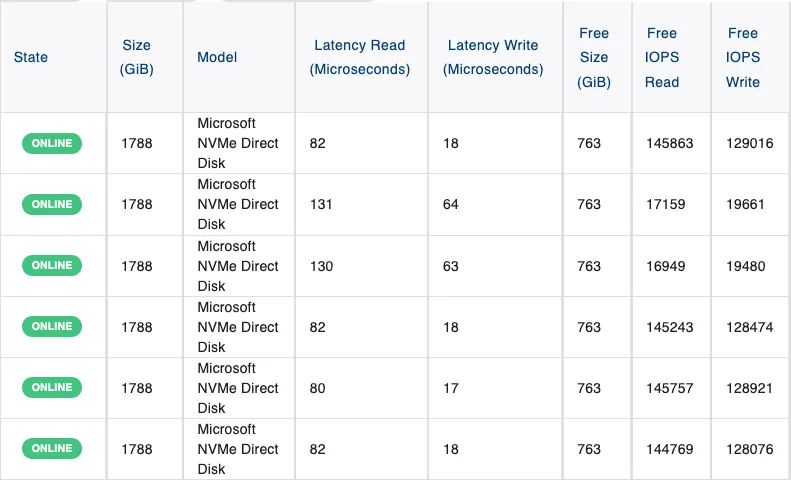
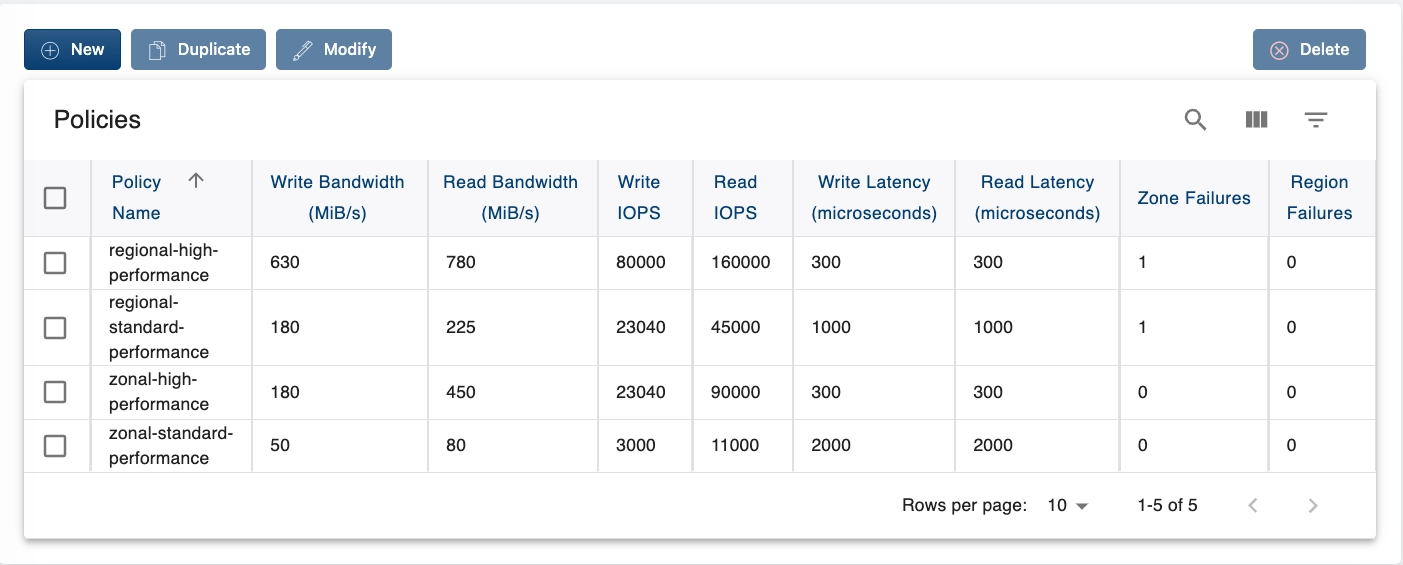
apiVersion: storage.k8s.io/v1
kind: StorageClass
metadata:
name: regional-high-performance
provisioner: vlz
volumeBindingMode: Immediate
parameters:
Policy: regional-high-performance
VolumeType: file
Zone: eastus-1
allowVolumeExpansion: true
---
apiVersion: v1
kind: PersistentVolumeClaim
metadata:
name: postgres-prod
spec:
accessModes:
- ReadWriteOnce
resources:
requests:
storage: 10Gi
storageClassName: regional-high-performance
Once a Policy is defined, it can be referenced in Storage Classes and Persistent Volume Claims.
